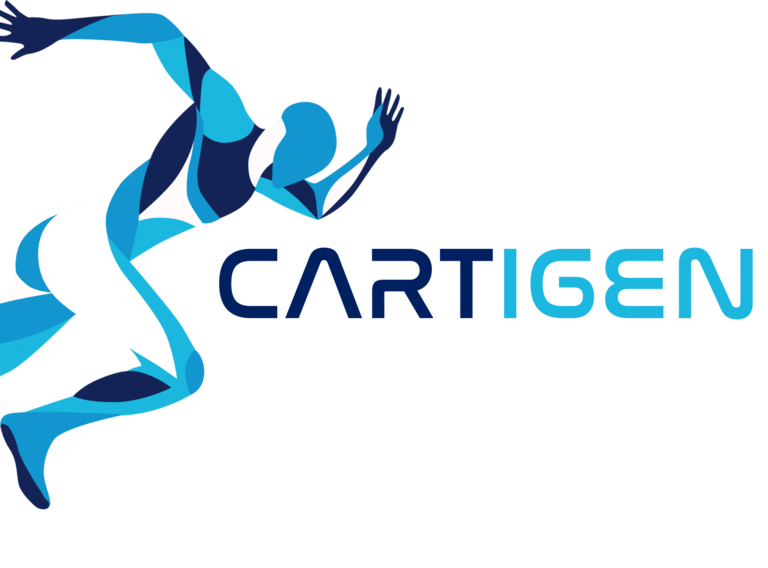CryoViz
The CryoViz imaging system has been developed for 3D microscopic imaging of mice or whole organs. It is possible to detect and spatially map almost every stem cell in an organ or mouse, offering a unique homing/engraftment assessment capability. CryoViz imaging is ideal for answering the almost ubiquitous question in stem cell therapies and cancer applications: "Where did these cells go?". Moreover, thanks to differentiation reporter genes, it is possible to map cells that have undergone differentiation in vivo.
By alternating cutting and imaging, the system acquires volumes of 3D color and fluorescence images from sequential images of the face of the tissue block. Multiscale volume rendering provides views of anatomy as well as molecular fluorescence showing the location of molecules and/or cells. This technology bridges the gap between whole-animal in vivo imaging and histology, enabling a mouse to be imaged along the entire mouse -> organ -> tissue structure -> cell -> subcellular domain continuum.
